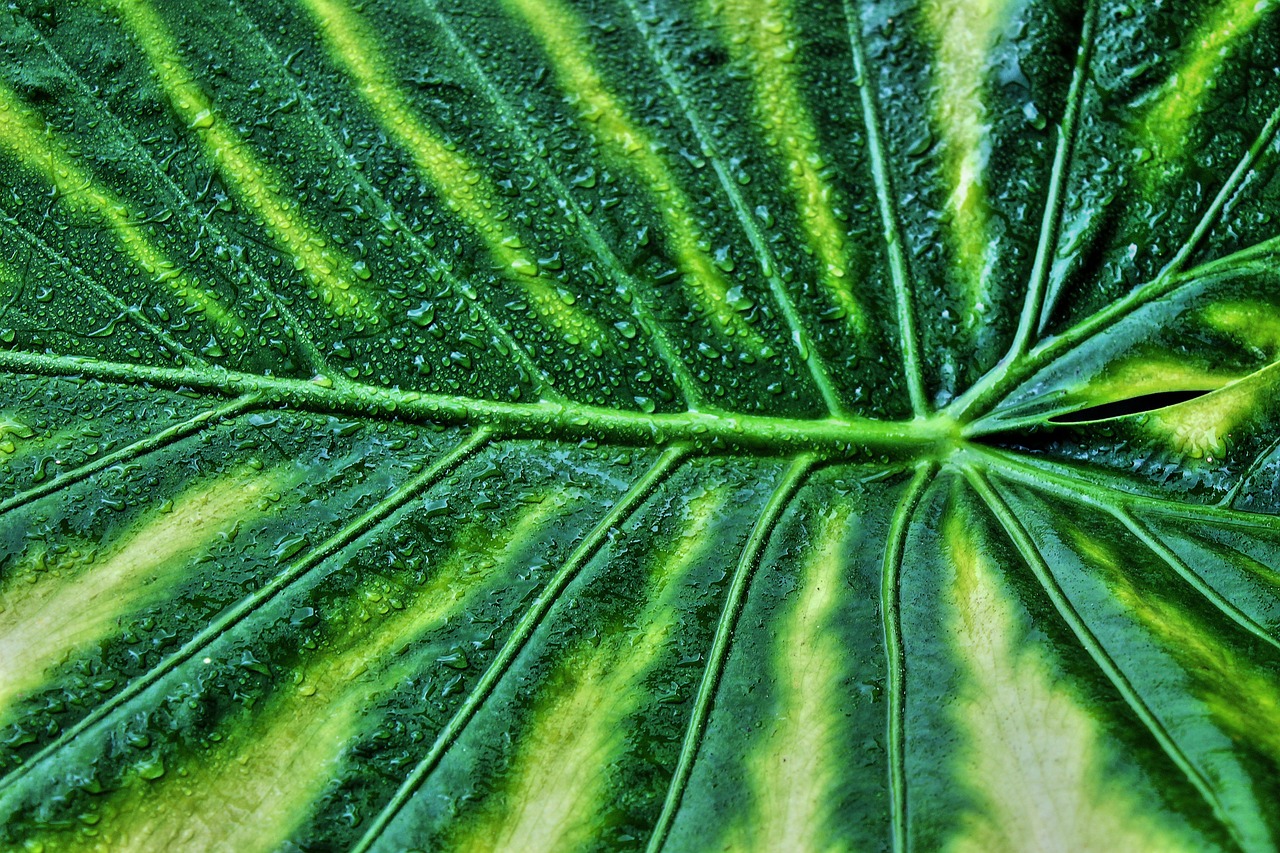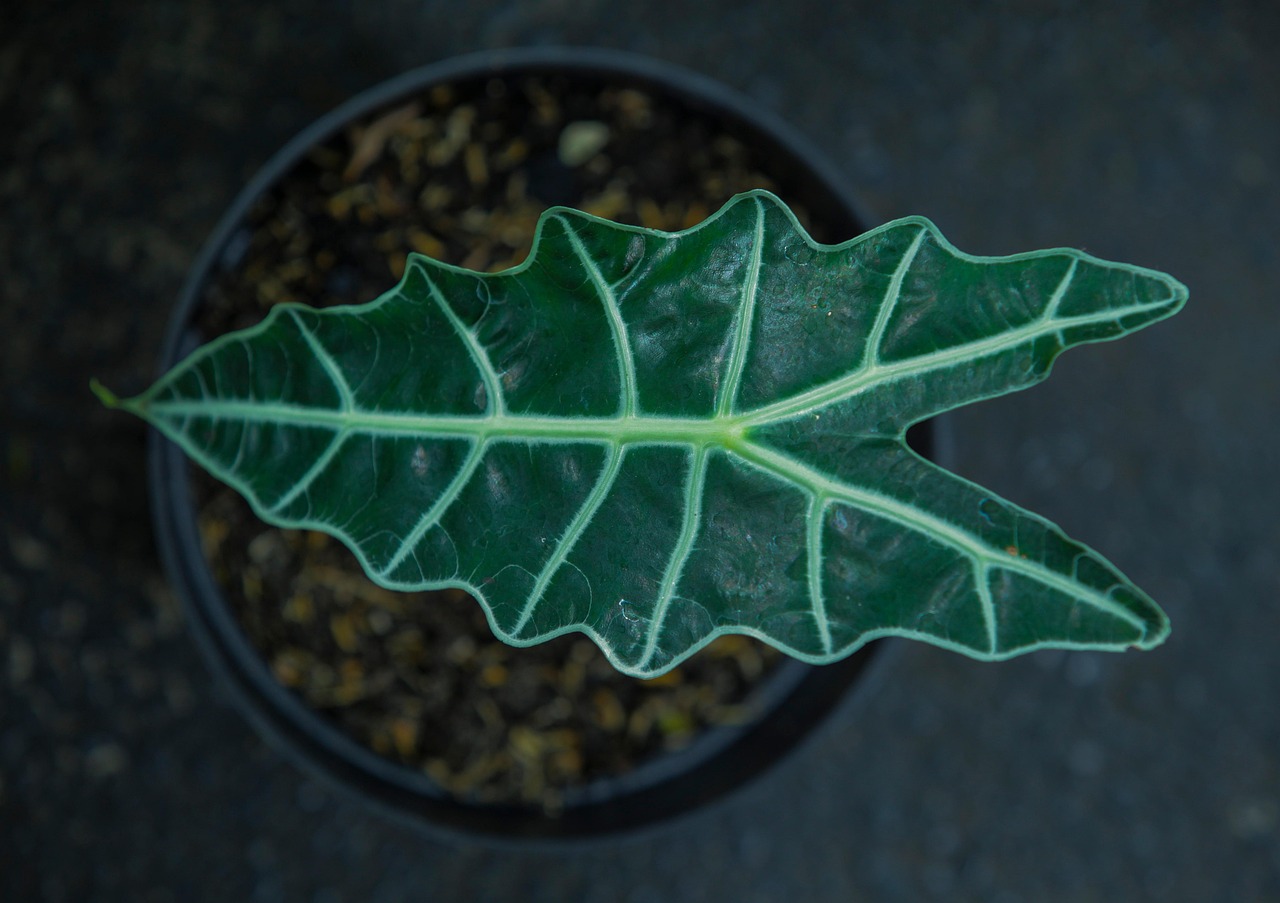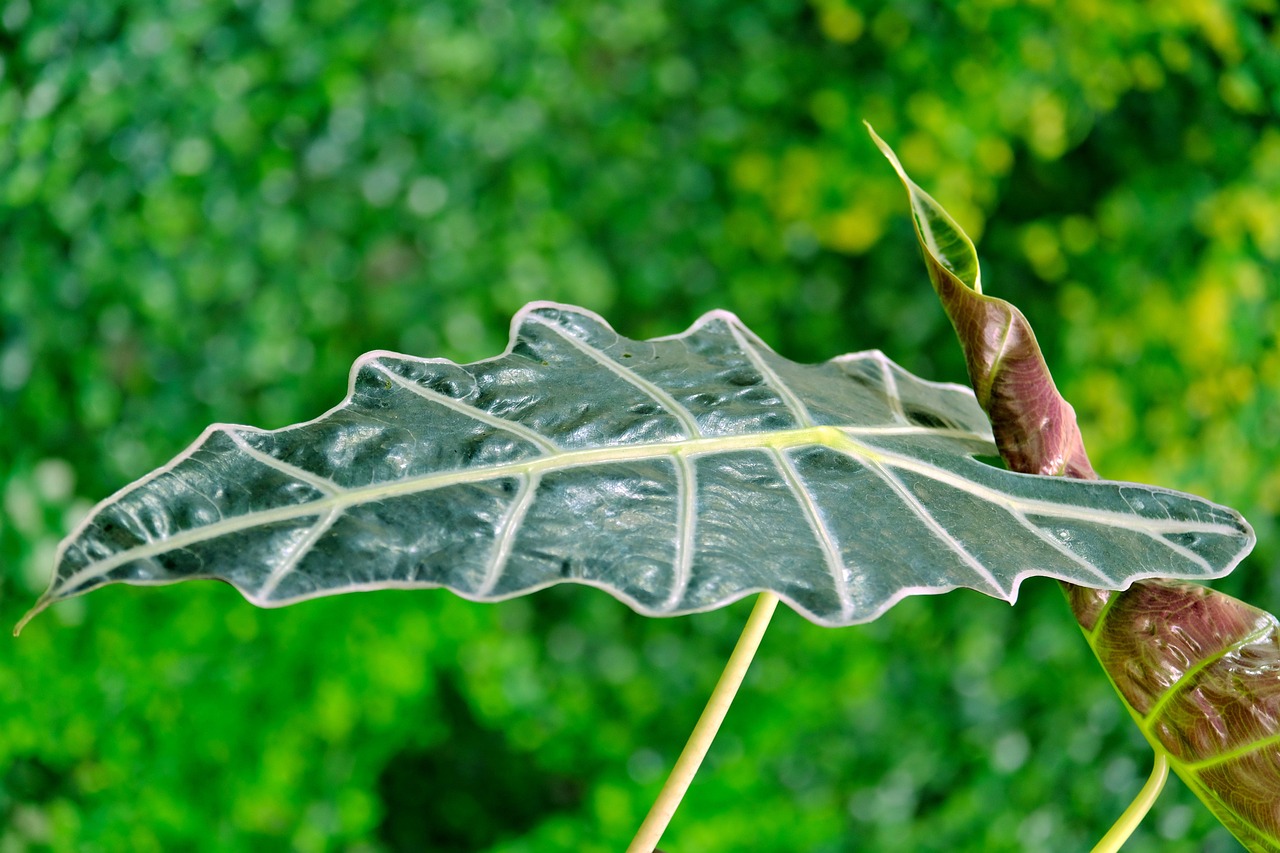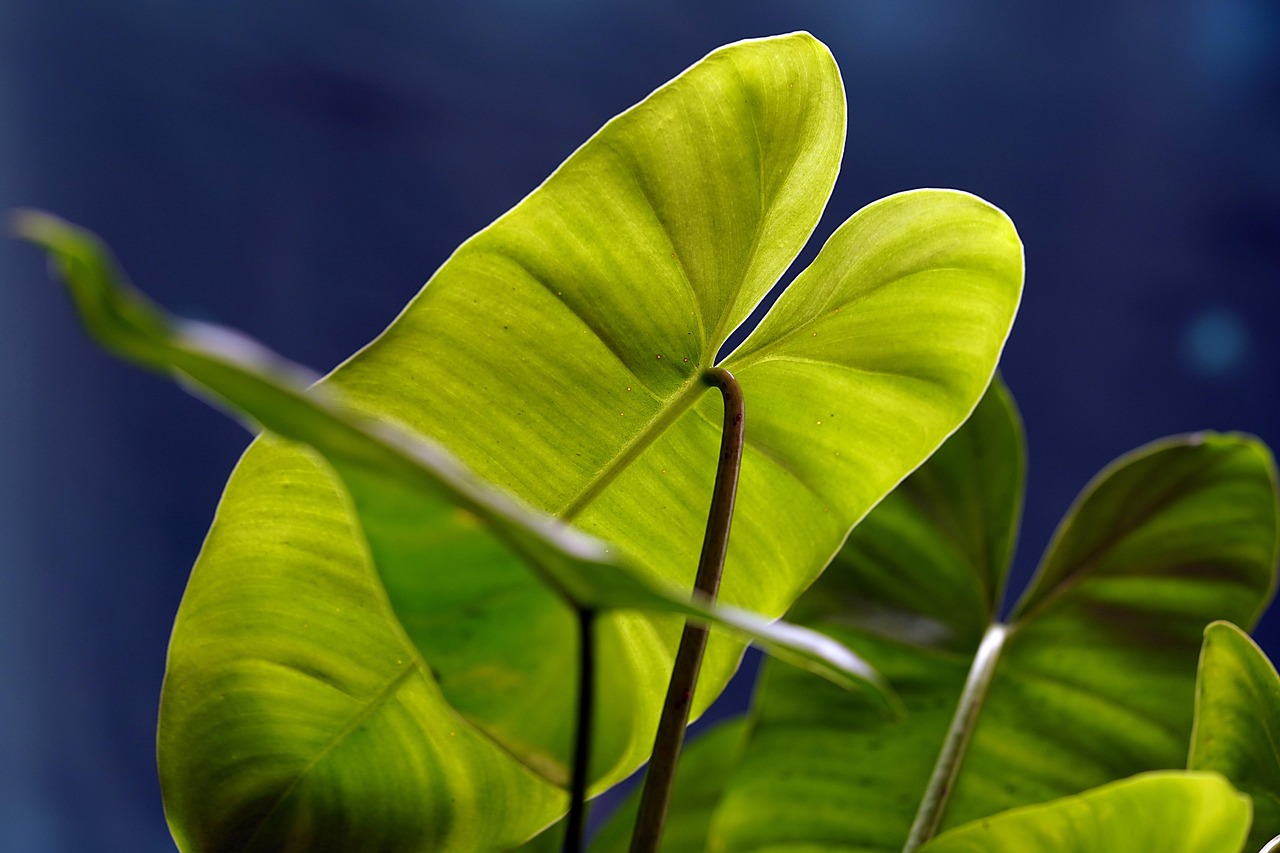The Amazonica Alocasia is a stunning houseplant known for its unique arrow-shaped leaves and striking patterns. For new plant growers, proper care involves providing the right light, humidity, watering, and soil conditions to help this tropical beauty thrive indoors.
Originating from the tropical regions of Southeast Asia, the Amazonica Alocasia is a popular choice among plant enthusiasts. Its lush foliage and eye-catching appearance make it a focal point in any room. However, despite its beauty, this plant requires specific care to flourish. Understanding its needs is essential for new growers to avoid common pitfalls associated with indoor gardening.
The Amazonica Alocasia belongs to the family Araceae, which includes many other well-known houseplants. This particular species is admired not only for its aesthetics but also for its air-purifying qualities. With proper care, it can grow quite large, making it a statement piece in your home.
Understanding Amazonica Alocasia Care

Caring for the Amazonica Alocasia involves several key factors: light, humidity, watering, temperature, and soil. Each of these elements plays a crucial role in the overall health and growth of the plant. Below is a detailed overview of each aspect of care.
Light Requirements
The Amazonica Alocasia thrives in bright, indirect light. Direct sunlight can scorch its leaves, leading to damage and unsightly brown spots. It’s best to place your plant near a window that receives filtered light. If natural light is limited, consider using grow lights to supplement its needs.
Humidity Levels
This plant loves high humidity levels, typically around 60% or more. Low humidity can cause the leaves to curl or become crispy. To maintain optimal humidity, consider these methods:
- Use a humidifier in the room where the plant is located.
- Group plants together to create a microclimate with higher humidity.
- Place a pebble tray filled with water beneath the pot to increase moisture in the air.
Watering Guidelines
Watering is another critical aspect of Amazonica Alocasia care. The plant prefers consistently moist soil but should not be overwatered. Here are some tips for watering:
- Check the top inch of soil; if it feels dry, it’s time to water.
- Water thoroughly until it drains from the bottom of the pot.
- Avoid letting the plant sit in standing water to prevent root rot.
| Aspect | Ideal Condition |
|---|---|
| Light | Bright, indirect light |
| Humidity | 60% or higher |
| Watering | Keep soil consistently moist |
| Temperature | 65°F to 80°F (18°C to 27°C) |
Temperature Preferences
Amazonica Alocasia prefers warm temperatures between 65°F and 80°F (18°C to 27°C). Avoid exposing the plant to cold drafts or sudden temperature changes, as this can stress the plant and lead to health issues.
Soil Requirements
The right soil mix is vital for the Amazonica Alocasia. A well-draining potting mix enriched with organic matter is ideal. You can create your own mix by combining potting soil with perlite or orchid bark. This combination allows for good drainage while retaining adequate moisture.
By addressing these essential care aspects, new growers can provide their Amazonica Alocasia with a healthy environment to thrive. As you become familiar with its needs, you’ll enjoy watching your plant flourish and grow into a beautiful specimen in your home.
Pest and Disease Management
Like many houseplants, the Amazonica Alocasia can face challenges from pests and diseases. Being proactive about pest control is crucial for maintaining the health of your plant. Here are some common pests and how to manage them:
Common Pests
- Spider Mites: These tiny pests can cause yellowing leaves and webbing on the plant. They thrive in dry conditions.
- Mealybugs: Look for cotton-like masses on the leaves and stems. They can weaken the plant by sucking sap.
- Aphids: These small, green insects can cluster on new growth, leading to stunted growth and leaf curling.
- Scale: Scale insects appear as small, brown bumps on stems and leaves. They can be hard to spot but can cause significant damage.
Pest Control Methods
Effective pest control requires a combination of monitoring, prevention, and treatment. Here are some strategies for managing pests:
- Regular Inspection: Check your plant weekly for any signs of pests. Early detection is key to preventing infestations.
- Cleaning Leaves: Wipe the leaves with a damp cloth to remove dust and potential pests. This also helps improve light absorption.
- Insecticidal Soap: Use insecticidal soap or neem oil to treat infestations. Spray directly on affected areas, following package instructions.
- Isolation: If you notice an infestation, isolate the affected plant to prevent spreading to other plants.
Fertilization Practices
The Amazonica Alocasia benefits from regular fertilization during its growing season, typically from spring to early fall. Proper nutrition helps promote healthy growth and vibrant foliage.
Choosing the Right Fertilizer
Select a balanced, water-soluble fertilizer that is high in nitrogen. A 20-20-20 formula is often recommended for indoor plants. Consider these tips when fertilizing:
- Dilution: Always dilute the fertilizer to half the recommended strength to avoid burning the roots.
- Frequency: Fertilize every four to six weeks during the growing season. Reduce feeding in winter when the plant’s growth slows down.
- Application: Apply fertilizer to moist soil to prevent root burn and ensure better absorption.
Propagation Techniques
For those looking to expand their collection, propagating Amazonica Alocasia can be a rewarding process. The most common method is through division, which can be done when repotting.
Steps for Propagation by Division
- Prepare the Plant: Water the plant a day before you plan to divide it. This will make it easier to remove from the pot.
- Remove from Pot: Gently take the plant out of its pot, being careful not to damage the roots.
- Identify Sections: Look for natural divisions in the root ball. Each section should have at least one healthy leaf and root system.
- Divide Carefully: Use a clean knife or scissors to separate the sections. Ensure the cuts are clean to prevent disease.
- Repotting: Plant each division in a new pot with fresh potting mix. Water well and provide bright, indirect light.
General Maintenance Tips
Caring for your Amazonica Alocasia goes beyond watering and light. Regular maintenance will help ensure its longevity and vibrancy. Here are general tips to keep in mind:
- Rotate the Plant: Rotate your plant every few weeks to encourage even growth and prevent leaning towards light sources.
- Pruning: Remove any yellow or damaged leaves to promote new growth and maintain appearance.
- Repotting: Repot every one to two years or when you notice roots growing out of the drainage holes. Choose a pot that is one size larger than the current one.
By understanding how to manage pests, fertilize properly, propagate effectively, and maintain your Amazonica Alocasia, you will set yourself up for success as a new plant grower. Each of these aspects contributes to a thriving indoor garden that showcases this stunning tropical plant’s beauty.
Common

Issues with Amazonica Alocasia
Even with the best care practices, Amazonica Alocasia can encounter various issues. Understanding these common problems will help you address them promptly and keep your plant healthy.
Leaf Yellowing
One of the most common signs of distress in Amazonica Alocasia is yellowing leaves. This can occur for several reasons:
- Overwatering: If the roots sit in waterlogged soil, they may develop root rot. This condition often leads to yellow leaves.
- Underwatering: Conversely, if the plant is not watered enough, it can also result in yellowing leaves.
- Low Light: Insufficient light can cause the plant to struggle, leading to yellow leaves as it reaches for more light.
To remedy this issue, assess your watering schedule and ensure the plant is receiving adequate light. Adjust your care routine accordingly.
Leaf Curling
Leaf curling is another concern that can indicate stress. Possible causes include:
- Low Humidity: Amazonica Alocasia thrives in high humidity. Low humidity levels can cause the leaves to curl and become crispy.
- Pest Infestation: Pests such as spider mites or aphids may cause leaf curling as they feed on the plant.
- Temperature Fluctuations: Sudden changes in temperature can lead to stress, resulting in curled leaves.
Increasing humidity levels and monitoring for pests can help alleviate leaf curling issues.
Seasonal Care Adjustments
As seasons change, so do the needs of your Amazonica Alocasia. Adapting your care routine throughout the year is essential for maintaining a healthy plant.
Spring and Summer Care
During the growing season, from spring to summer, your Amazonica Alocasia will thrive. Here are some care tips for this period:
- Increase Watering: As temperatures rise, your plant may require more frequent watering to keep the soil consistently moist.
- Fertilization: Continue to fertilize every four to six weeks to support growth. Consider using a fertilizer higher in nitrogen to encourage lush foliage.
- Monitor for Pests: Increased warmth can lead to pest activity. Keep a close eye on your plant for any signs of infestation.
Fall and Winter Care
As the days grow shorter and temperatures drop, adjustments in care are necessary:
- Reduce Watering: Cut back on watering as the plant’s growth slows down. Ensure the top inch of soil dries out before watering again.
- No Fertilization: Stop fertilizing during winter months, as the plant will not actively grow and may not need additional nutrients.
- Provide Adequate Light: With shorter days, ensure your plant receives enough light by moving it closer to a light source or using grow lights.
Choosing the Right Pot
The pot you choose for your Amazonica Alocasia plays a significant role in its health. Selecting the right pot ensures proper drainage and encourages healthy root growth.
Pot Material
Consider different pot materials when selecting a container for your plant:
- Terracotta: This porous material allows for good airflow and moisture regulation but may dry out quickly.
- Plastic: Lightweight and often less expensive, plastic pots retain moisture well but may not provide adequate airflow.
- Ceramic: These pots can be decorative and stylish, but ensure they have drainage holes to prevent waterlogging.
Size Considerations
Select a pot size that accommodates the current root ball while allowing for future growth. A pot that is too large can lead to overwatering issues, while one that is too small may restrict root development. A good rule of thumb is to choose a pot that is one size larger than the current container.
By being aware of these common issues, seasonal care adjustments, and making informed decisions about pots, you will enhance your experience as a new grower of Amazonica Alocasia. Each aspect contributes to creating an environment where your plant can thrive and reach its full potential.
Additional Resources and Community Support
As you

embark on your journey of caring for your Amazonica Alocasia, utilizing available resources can enhance your understanding and provide support. Numerous online communities and resources are dedicated to plant care, where you can interact with fellow plant enthusiasts.
Online Forums and Communities
- Facebook Groups: Look for groups focused on houseplants or specifically on Alocasia care. These communities share tips, photos, and troubleshooting advice.
- Reddit: Subreddits like r/houseplants or r/plantcare offer a wealth of knowledge. You can ask questions and read about others’ experiences.
- Instagram: Follow accounts dedicated to houseplants for inspiration and care tips. Many influencers share their plant care routines and troubleshooting tips.
Books and Articles
Consider reading books or articles that focus on tropical plants or houseplant care. These resources often provide in-depth information about specific species, including the Amazonica Alocasia.
Some recommended titles include:
- The House Plant Expert by Dr. D.G. Hessayon: A comprehensive guide to indoor gardening.
- Houseplants for Dummies: A beginner-friendly resource that covers a wide range of houseplant care topics.
- The Complete Guide to Houseplants: This book offers insights into various species and their specific care needs.
Understanding the Environmental Impact
Caring

for plants like the Amazonica Alocasia not only enhances your living space but also contributes positively to the environment. Indoor plants help improve air quality by filtering toxins and releasing oxygen. They also provide a sense of well-being and connection to nature, which is increasingly important in urban settings.
When sourcing your plants, consider purchasing from local nurseries or reputable online retailers that prioritize sustainable practices. Supporting companies that focus on ethical sourcing contributes to the preservation of natural habitats and encourages responsible plant cultivation.
Final Thoughts
Caring for an Amazonica Alocasia can be a rewarding experience, especially for new plant growers. By understanding its specific needs for light, humidity, watering, and soil, you can create an environment that allows this stunning plant to flourish. Awareness of common issues, seasonal care adjustments, and proper pot selection further enhance your ability to maintain a healthy plant.
Remember, every plant is unique. Observing your Amazonica Alocasia and adapting your care routine based on its response will lead to a successful growing journey. Engaging with the plant community can provide additional insights and support as you navigate the world of indoor gardening.
The beauty and elegance of the Amazonica Alocasia can transform your space, bringing a touch of nature indoors. With patience and dedication, you will enjoy the process of nurturing this tropical gem while reaping the benefits it brings to your home.
As you continue your journey with plant care, don’t hesitate to explore new techniques, connect with fellow enthusiasts, and share your experiences. Happy gardening!
